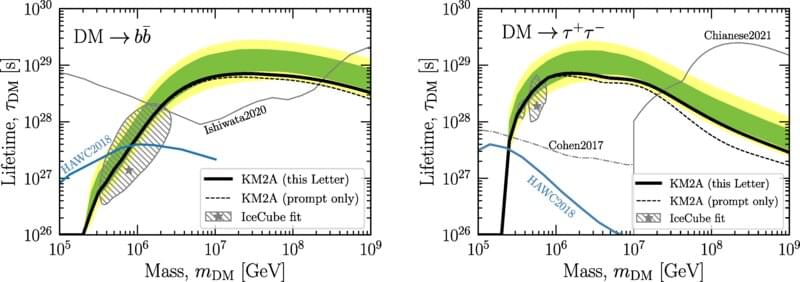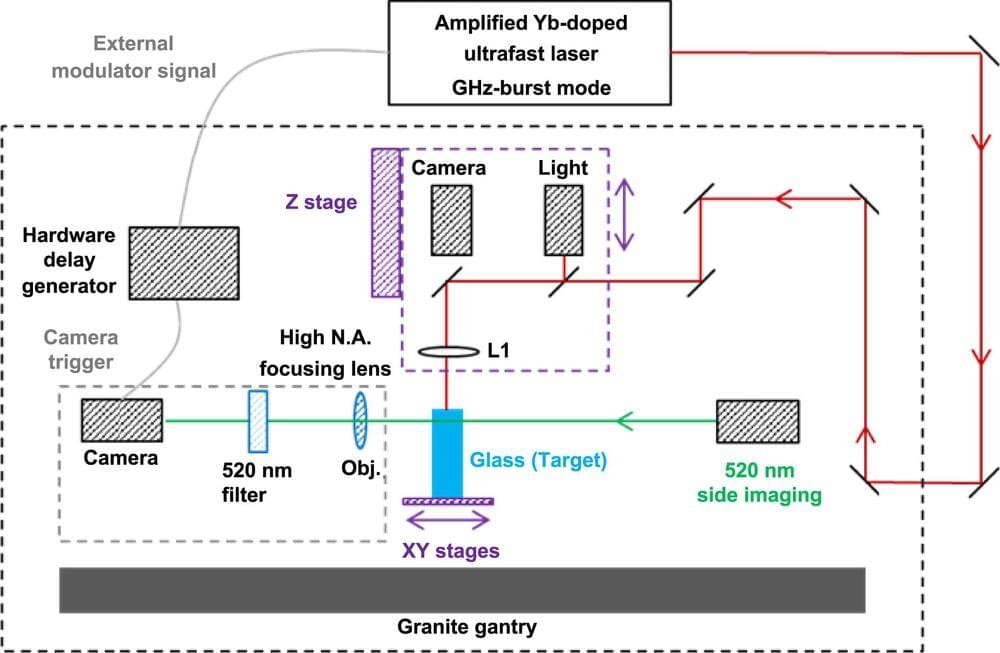Facebook has reached a settlement of$725 million in a lawsuit over the Cambridge Analytica data leak.



A recent study finds that software engineers who use code-generating AI systems are more likely to cause security vulnerabilities in the apps they develop. The paper, co-authored by a team of researchers affiliated with Stanford, highlights the potential pitfalls of code-generating systems as vendors like GitHub start marketing them in earnest.
“Code-generating systems are currently not a replacement for human developers,” Neil Perry, a PhD candidate at Stanford and the lead co-author on the study, told TechCrunch in an email interview. “Developers using them to complete tasks outside of their own areas of expertise should be concerned, and those using them to speed up tasks that they are already skilled at should carefully double-check the outputs and the context that they are used in in the overall project.”
The Stanford study looked specifically at Codex, the AI code-generating system developed by San Francisco-based research lab OpenAI. (Codex powers Copilot.) The researchers recruited 47 developers — ranging from undergraduate students to industry professionals with decades of programming experience — to use Codex to complete security-related problems across programming languages including Python, JavaScript and C.

DARPA looks to build on previous success in radio frequency power output with new transistor-focused THREADS program.
“Radar capabilities are essential to countless mission-critical functions, from navigation to weather-tracking to comms and more. Solving thermal challenges could unlock the power to leap ahead – that’s the goal of our new THREADS program. Details: https://www.darpa.mil/news-events/2022-11-23”

Cotra’s work is particularly relevant in this context as she based her forecast on the kind of historical long-run trend of training computation that we just studied. But it is worth noting that other forecasters who rely on different considerations arrive at broadly similar conclusions. As I show in my article on AI timelines, many AI experts believe that there is a real chance that human-level artificial intelligence will be developed within the next decades, and some believe that it will exist much sooner.
Building a Public Resource to Enable the Necessary Public Conversation
Computers and artificial intelligence have changed our world immensely, but we are still at the early stages of this history. Because this technology feels so familiar, it is easy to forget that all of these technologies that we interact with are very recent innovations, and that most profound changes are yet to come.

I had many ideas on how to improve Twitter, and a communication paradigm was one. The iPhone changed phones, and was a device. Twitter has no device to add to its portfolio. People have no desire to add products to Twitter portfolio to boost revenues. iPhone revenue surpassed computers, therefore it is very easy for Twitter to develop its portfolio to include better more reliable forms of revenue than advertising. A device can make a lot of money if it is a “paradigm” like an iPhone that completely changed our understanding of what a phone can be.
In 1943, Thomas Watson, the president of IBM, famously predicted the world market for computers would top out at “maybe five” of the machines. He was wrong – you likely have more than that in your own house, let’s face it – but at the time, it made sense. After all, if computers were still gigantic, vacuum-tube-powered addition machines, you probably wouldn’t want more than about five either.
It’s a similar story with holograms. Even back in the 1990s, more than 40 years after Dennis Gabor first came up with the idea of using wavefront interference to reconstruct images in three dimensions, science fiction was still assuming the need for entire decks and suites to power our holographic adventures.
In fact, they can run on a smartphone.

The last year in architecture will be remembered as one of firsts, from the world’s first “upcycled” skyscraper winning World Building of the Year to Burkina Faso-born Francis Kéré becoming the first African architect to win the coveted Pritzker Prize.
It was also a year in which we lost industry giants like Ricardo Bofill and Meinhard von Gerkan, while gaining long-awaited new landmarks like the Taipei Performing Arts Center and New York’s Steinway Tower.
With construction projects often taking years to complete, delays caused by Covid-19 are still being felt. But 2023 nonetheless promises to be a year of remarkable new openings, whether it’s the world’s second-tallest tower or an interfaith religious complex in Abu Dhabi.


Scientists from the Large High Altitude Air Shower Observatory (LHAASO) have presented roughly 1.5 years of observational data, calculating new limits on the lifetime of heavy dark matter particles that have masses between 105 and 109 giga-electron volts.
The study, titled “Constraints on heavy decaying dark matter from 570 days of LHAASO observations,” was recently published in Physics Review Letters.
The gravitational model of the Milky Way shows that there is a very high density of dark matter in the galactic center, and the gamma rays produced by the decay of this dark matter will radiate from the galactic center to the surroundings for hundreds of light-years or even thousands of light-years. However, for a long time, the observation of ultra-high-energy gamma rays produced by heavy dark matter has been complicated by the presence of other background radiation.
The Surface Water and Ocean Topography (SWOT) satellite launched into Earth orbit on Friday, Dec. 16, from Vandenberg Space Force Base in central California, and engineers are working to prepare the mission to begin measuring the height of water on over 90% of Earth’s surface, providing a high-definition survey of our planet’s water for the first time.
But before it can do that, the satellite would need to unfold its large mast and antenna panels (see above) after successfully deploying the solar panel arrays that power the spacecraft. The mission monitors and controls the satellite using telemetry data, but it also equipped spacecraft with four customized commercial cameras to record the action.
The solar arrays fully deployed shortly after launch, taking about 10 minutes.

The research group of laser-matter interaction at the Institute of Intense Lasers and Applications (CELIA) at the University of Bordeaux, France, has explored a new glass micro-drilling method using a femtosecond laser in GHz-burst mode.
Publishing in the journal International Journal of Extreme Manufacturing, the research team used a femtosecond laser from Amplitude operating in the GHz-burst regime to study a new glass micromachining method which allows for drilling taper-free, elongated holes with smooth inner walls without any cracks in the glass. Usually, laser drilling with standard single femtosecond pulses results in tapered holes of strongly limited length and rough inner surface.
This new laser-matter interaction regime makes it possible to directly drill holes of high aspect ratio in one single step without any chemical etching. The choice of the laser-burst parameters was revealed to be very important in order to achieve an outstanding micromachining quality of the machined structures. The femtosecond laser GHz-burst mode could pave the way for new applications such as microelectronics where silicon interposers are likely to be replaced by glass interposers.